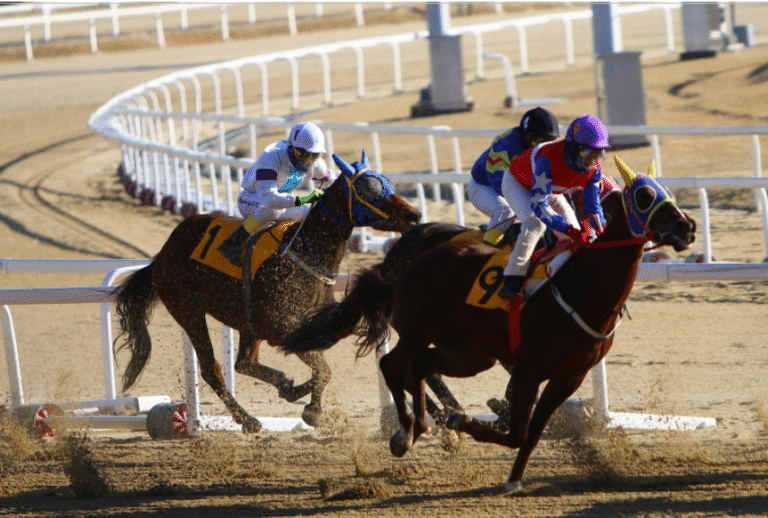The Role of Horseshoe Design in Racing Performance

Horseshoe design significantly influences racing performance through various factors including material composition, shape, and weight. Each element plays a crucial role in the horse’s biomechanics, affecting traction and stability on the track. Furthermore, the customization of horseshoes for individual horses can enhance their competitive edge. Understanding these aspects is vital for trainers and farriers alike, yet many still overlook the intricate relationship between design and performance. What are the specific innovations that could reshape this dynamic?
The Importance of Horseshoe Material
The material composition of horseshoes plays a critical role in optimizing racing performance.
Advanced horseshoe technology employs materials such as aluminum and composite alloys, enhancing horseshoe durability while minimizing weight. This strategic choice not only improves traction and speed but also reduces the risk of injury.
Consequently, the integration of high-performance materials is essential for achieving competitive advantages in equestrian racing contexts.
See also: 10 Famous Horses That Made History in Horse Racing
Understanding Horseshoe Shape and Design
How does the shape and design of a horseshoe influence a horse’s racing performance?
The evolution of horseshoe design, rooted in horseshoe history, reflects advancements in biomechanics and functional efficiency. A well-shaped horseshoe facilitates optimal traction and balance, ultimately enhancing speed and agility.
Understanding these design elements is crucial for trainers and farriers aiming to maximize a horse’s competitive potential on the racetrack.
The Impact of Weight on Racing Speed
Weight significantly influences racing speed, particularly when considering the design and materials of horseshoes. Effective weight distribution can enhance racing dynamics, reducing drag and improving acceleration.
| Horseshoe Material | Weight (grams) |
|---|---|
| Steel | 400 |
| Aluminum | 300 |
| Composite | 250 |
These variations impact performance, emphasizing the need for careful selection in competitive racing contexts.
Customization and Fit for Optimal Performance
While many factors contribute to a horse’s racing performance, the customization and fit of horseshoes play a critical role in optimizing speed and agility.
A custom fit ensures that horseshoes align with individual hoof structure, facilitating performance enhancement. This precision reduces the risk of injury and maximizes efficiency, ultimately allowing the horse to exhibit its full potential during races, thereby enhancing competitive outcomes.
Conclusion
In summary, the artful engineering of horseshoes plays a pivotal role in enhancing a horse’s racing prowess. By thoughtfully selecting materials, optimizing shapes, and ensuring a harmonious fit, trainers and farriers can elevate a horse’s performance to new heights. This meticulous attention to detail not only fosters improved speed and stability but also safeguards against potential setbacks. Ultimately, the symbiotic relationship between innovative horseshoe design and equine athleticism underscores the importance of this often-overlooked aspect of racing preparation.






